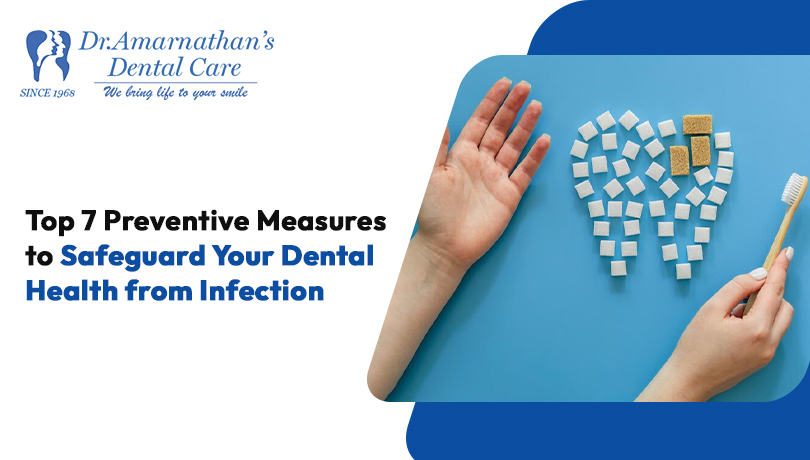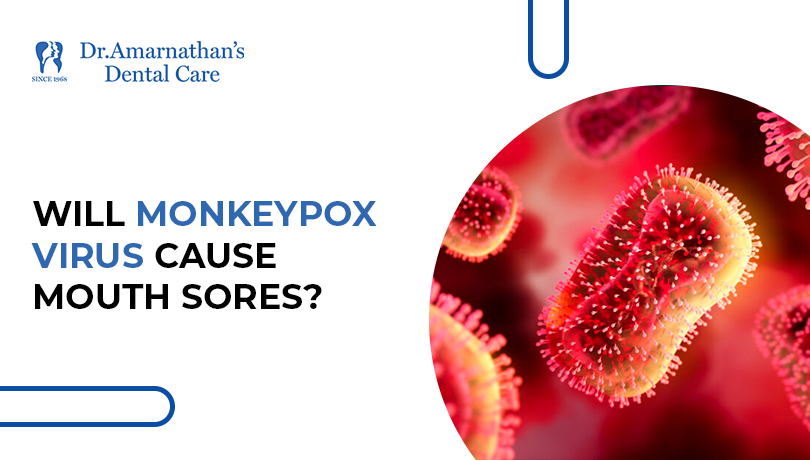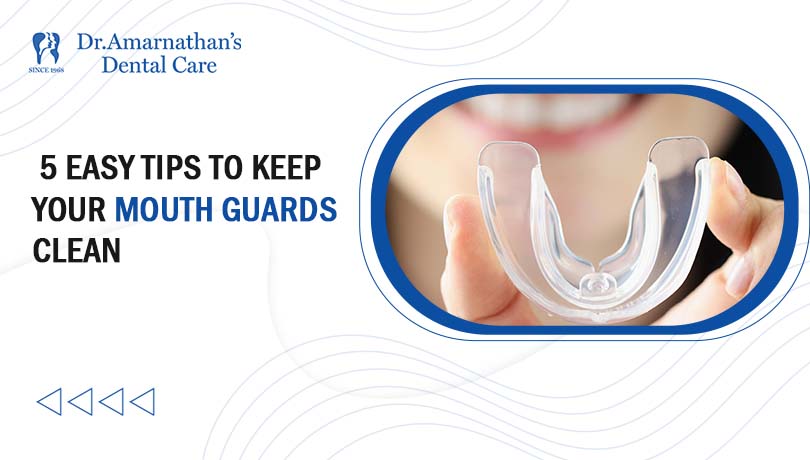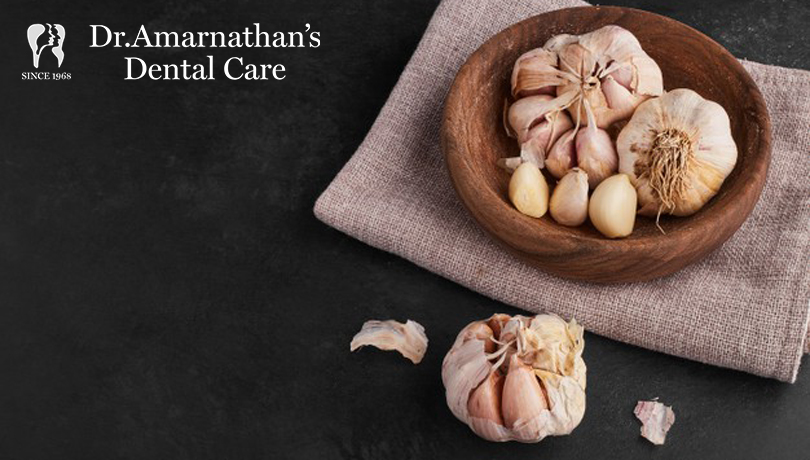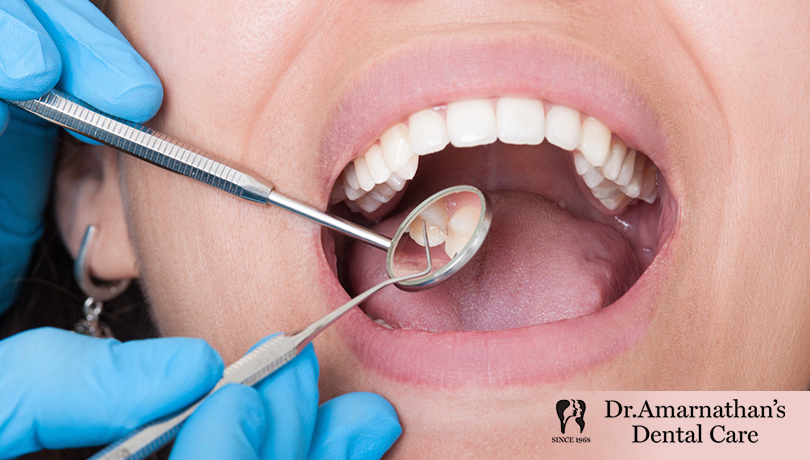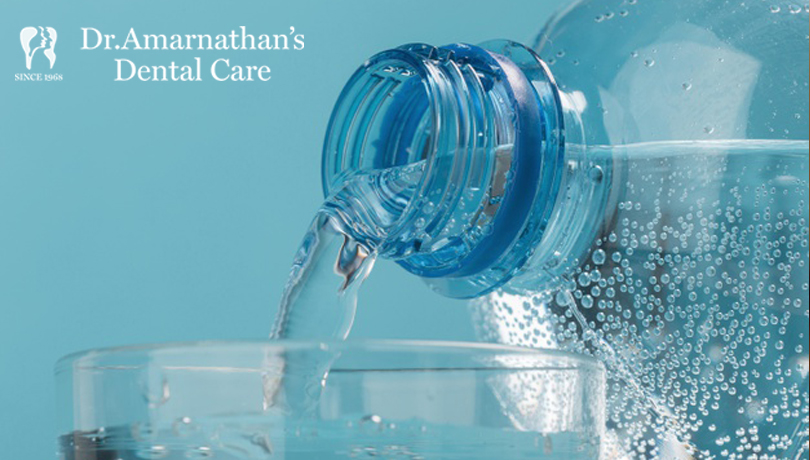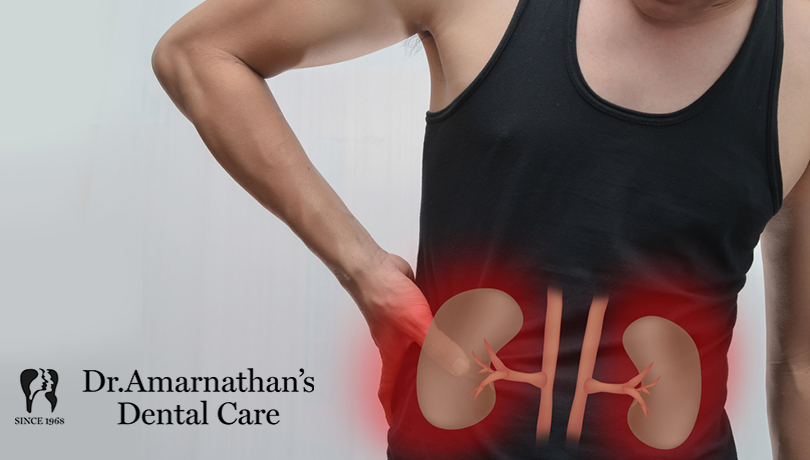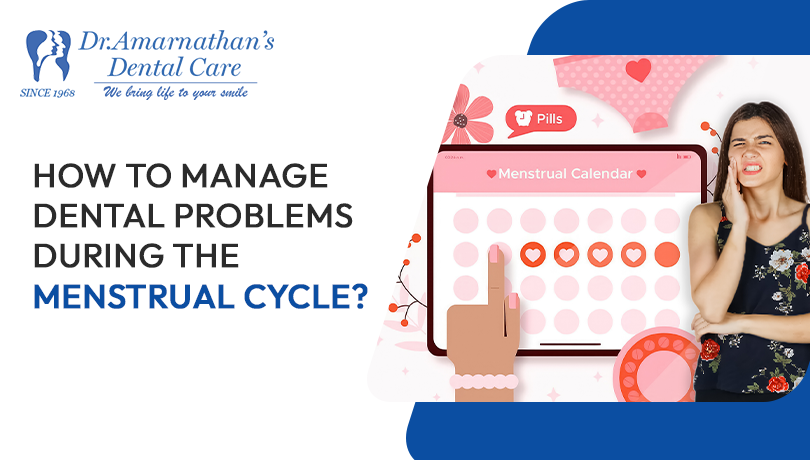
How To Manage Dental Problems During The Menstrual Cycle?
As Michelle Obama once said, “Communities and countries and ultimately the world are only as strong as the health of their women.” According to the World Health Organization, (WHO) oral diseases affect nearly half of the world’s population and have a greater impact on women than men. That is why we want to explore the topic of how menstruation affects your dental health, as well as other factors that can increase the risk of dental problems for women, such as pregnancy and menopause.
Menstruation and the woman’s oral health
To better understand how menstruation can affect the female cavity, it is necessary to know this phase. Firstly, it occurs every 28 days with vaginal bleeding and is related to fertility.
That is, monthly, the woman’s body generates the appropriate conditions to receive a possible pregnancy; if this does not happen, the uterus sheds its covering membrane in the form of a hemorrhage, which exits the body through the vagina.
You may wonder why this phenomenon is due; it is part of the different hormonal changes that govern the fertile stage of every woman. This phase begins with female development.
Among the many conditions resulting from hormonal changes, oral health is impacted, with some periodontal diseases such as gingivitis. Why? The increase in estrogen and progesterone increases blood circulation in the gums, altering the response capacity of the gingival tissue to oral biofilm.
Thus, during the menstrual cycle, it is possible to observe redness and inflammation in the gums, usually accompanied by gingival bleeding with brushing and interdental cleaning.
For this reason, dentists suggest that women periodically go to the consultation to eliminate biofilm and dental calculus, optimizing oral hygiene, since this prevents or maintains moderate gingivitis during menstruation.
Why does the menstrual cycle affect the health of the mouth?
During menstruation, various physical changes are observed at a functional and organic level. This fact can worry many women, who do not understand how hormones can make them so vulnerable to suffering from dental problems. However, it is a reality that this monthly event favors the appearance and development of conditions in the mouth.
And it is not a minor problem, since being a stage that makes the oral cavity sensitive, menstruation favors the formation of plaque and bacteria in the surrounding tissue of the gums, being more prone, precisely when hormonal levels are altered by the cycle.
During the menstrual cycle, it is common for women to notice generalized swelling in their body; this also occurs in the gums, which can also bleed. If it persists over time, it can lead to bone loss around the teeth, even causing the loss of teeth and a worsening of gingival disease.
In short, women must learn to live with their hormones because it is a reality that they cannot change during their lives. However, today, there are many facilities to preserve the health of the mouth and gums in particular; it is, therefore, perfectly controllable.
Even oral diseases, in general, are preventable and reversible as long as they receive care in the early stages. So, what must a woman do so that menstruation does not affect her dental health?
It is as simple as providing extra care, in addition to taking care of your dental health during the 5 basic moments of your menstrual cycle commanded by female hormones, which are named below:
- Menstruation: monthly bleeding period of every woman
- Pre-ovulation: As the name suggests, it occurs before ovulation
- Ovulation: When the maturation process is complete, it moves to the ovary, then to the uterus, in the fallopian tubes
- Postovulation: If there is no fertilization in the egg, it involutes and is shed from the body in the form of menstruation, starting a new menstrual cycle
- Menstrual cycle: It obeys the estimated cyclical time of 28 days that takes place each month
How do hormones and menstruation affect oral health?
During the aforementioned 5 hormonal stages that every woman has, their levels have a very active behavior. During the menstrual cycle, in particular, these rise and fall.
Therefore, during ovulation and days before the menstrual period, higher levels of progesterone are evident. This usually leads to the gums growing redder than usual and even bleeding.
Likewise, very painful ulcerative sores may appear during menstruation, so attention must be paid because it may happen that some women who usually present this type of oral lesions have not associated it with this cycle. And when you observe carefully, you realize that they take place in this phase of your life.
These ulcerative lesions usually have particular characteristics, such as a white/grayish base with red edges. These sores are different from oral herpes, which is viral and borders the mouth.
While ulcerative sores are inside it and are not transmissible like herpes, you have to know how to differentiate them to be able to treat them properly, and since they are hormonal, they disappear on their own after a few days of menstruation.
Oral health and hormonal changes
As noted, all women in the world have the same hormonal cycles. This means that no one is exempt from developing unique and identical oral health problems, although to a greater or lesser extent.
Within the aforementioned hormonal changes, there are 3 fundamental stages: the menstrual cycle, pregnancy, and menopause, where various factors increase the risk of developing certain oral health problems.
Even diseases such as diabetes affect female oral health due to hormonal alterations. Specifically, these promote inflammation of the gums, making them more vulnerable to bacterial plaque and aggravation of other pre-existing lesions.
This is the primary reason these hormones are secreted in high concentrations in saliva, facilitating the formation and spread of germs while decreasing the immune system’s capacity to respond to them.
Occasionally, inflammation and bleeding of the gums can occur days before menstruation. Meanwhile, if the woman takes oral (hormonal) contraceptives, it is almost certain that there is a greater risk of suffering from periodontal problems, which require extreme oral hygiene.
But not only the menstrual cycle can impact the health of the female mouth, but also menopause, when hormonal production of estrogen decreases significantly and menstruation is absent.
It is common for menopausal gingivostomatitis to occur at this stage, the main characteristic of which is bleeding gums, dry mouth, a metallic taste and changes in taste, and sensitivity to heat and cold.
Additionally, during menopause, a progressive thinning of the gums also occurs, leading to a misalignment of removable dental prostheses if applicable. In general, female hormonal alteration is inevitably associated with:
- Appearance and development of internal mouth sores, tongue, palate, and throat
- Bad breath or halitosis
- Gingivitis or severe to chronic inflammation and bleeding in the gums
- Dry mouth or xerostomia
- Various periodontal manifestations
Preventing Dental Health Issues During Menstruation
Given that women will always have to deal with various oral disorders caused or enhanced by hormonal changes in their bodies, the best measure is to reinforce oral hygiene. To minimize the impact of hormonal fluctuations during your menstrual cycle, follow these steps:
- Brush thoroughly
- Floss daily
- Schedule regular dental check-ups
In conclusion, understanding the connection between hormones, menstruation, and oral health is essential for women. By practicing good oral hygiene and seeking professional care, women can effectively manage dental problems during their menstrual cycle and maintain their overall oral health.





